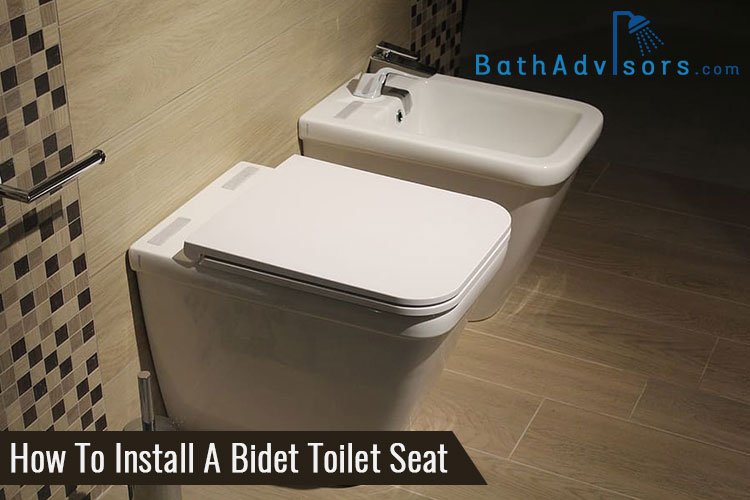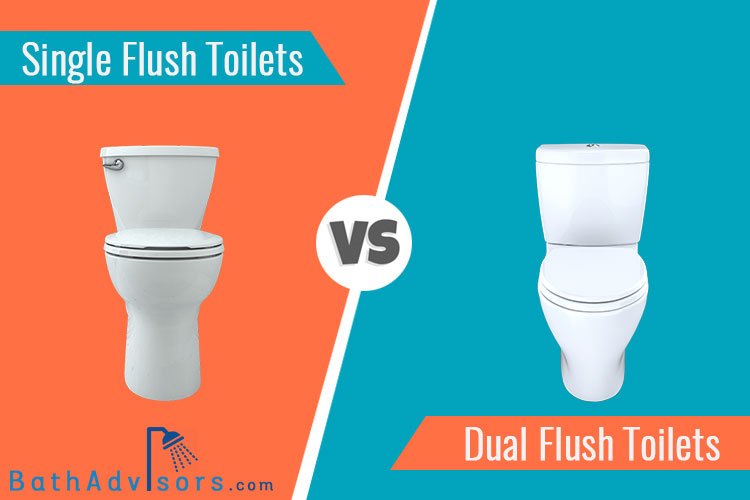Unlike alcove tubs, freestanding tubs are secured to the floor rather than the wall, as a result, the freestanding tubs might move from the floor. While there are plenty of reasons why the tub shakes when you enter it, the biggest reason is inappropriate installation.
Whether there is just a slight movement or the tub is shaking vigorously, you need to take the right measures to keep it secure in place.
How to stop a bath from moving from the floor? To stop a bathtub from moving, caulk it properly or apply silicone sealant around the tub. Or you can install shims to level the bathtub so that it does not move from its place.

In this article, I’ve listed some steps to prevent the bath from moving. Also, there are some common reasons why such tubs move from the floor.
Reasons Why a Bathtub Moves: The Common Problems
Do freestanding tubs move? Well, a moving tub is not a unique problem, as most homeowners with a freestanding tub experience it at some point. Here are some solid reasons that cause problems with the freestanding tubs:
1. Improper Surface Level
Usually, bathroom floors are reinforced properly to bear the weight of a bathtub. In fact, these floors can handle more weight than a tub. But in some houses, the level of the floor changes over time.
This could be due to pest infestation in wooden floors or due to the common landscape issues in a particular area. The caulk or the silicone sealant leaves its place, thus the tub starts moving after some time.
2. Damaged Peds or Pedestal
The problem can be down there if you have a freestanding tub with pegs and a pedestal. A damaged peg can’t hold the tub in place, and it starts moving. In some scenarios, the tub may not move from the floor but shake on its level.
However, this problem can escalate quickly and can lead to multiple issues in the long run.
Note: It would be great to contact a professional or call the manufacturer in this case, as fixing the pegs or pedestal is challenging.
3. Unprofessional Installation
An unprofessionally installed freestanding bathtub will certainly move, and no one can help it. If you cannot spot any issue with the floor and the pegs, there is something wrong with the installation.
4. Not Caulking the Bathtub
A lot of users do not caulk the bathtub, but it’s essential to seal the ends properly so that the tub remains securely in place.
How to Stop a Bath from Moving: A step-by-step Guide
Preventing the freestanding bathtub from moving can be done just by caulking, but if the problem is with the level, then you have to remove the bathtub to fix it properly.
Step 1: Level the Freestanding Tub
Leveling is important and helps secure the freestanding bath to the floor. What you need to do is insert plastic shims under the tub. Make sure the shims get under the tub. Now place a water bubble scale over the rim, and level the tub.
Once done, remove the bathtub from the place, and drill the shims on the floor. Lastly, put the bathtub safely over the shims and follow the next step.
Click here to learn how to use a water bubble scale properly.
Step 2: Secure the Tub with the Wall by Using Bathtub Kit
This is necessary if you have installed the freestanding bathtub in an alcove. You have a wall near the tub, so use it to improve the stability and prevent the tub from moving.

There are plenty of good bathtub kits available in the market that let you secure the bathtub to the floor. However, this process requires you to drill small holes in the bathtub to put in the screws and bolts.
Watch the below video on installing a bathtub in an alcove using a tub kit.
Step 3: Seal the Tub Surrounds Using Calk or Silicone
Sealing the bathtub is much more than just preventing mildew growth. When you caulk a bathtub, you secure it with the floor, and some professionals even call it anchoring the bathtub to the floor.
But how to anchor a freestanding tub? Well, all you need to do is install silicone sealant or caulk around the empty spaces of the bathtub. Make sure the sealant seeps inside the crevice and holds the tub with the floor.
Step 4: Let the Sealant Dry Properly
A common mistake that most people make is they do not let the sealant settle and dry. If you live in a city with colder weather, the sealant takes more time to dry. Let the sealant dry for around 1-2 hours, and then you can use the bathtub. Usually, caulk dries within 30 minutes in normal climatic conditions.
Tips to Prevent the Bathtub from Moving
Unfortunately, the bathtub can again move from the floor if you do not take care of a few things. Here are some essential tips to keep the tub secure on the floor for longer.
1. Restore the Caulking
The caulk may start chipping off after some time, so make sure to restore it as you see any signs of damages. Keep the empty crevices filled all the time to prevent the tub from moving.
2. Don’t Overload the Tub More than Its Capacity
If your bathtub is designed for a single person, do not overload it. Overloading the tub more than its capacity can lead to the tub moving. Also, it may remove the caulk from its place, so the tub will move or shake.
3. Invest in a Good-quality Bathtub

If you are planning for a new tub, make sure to get a branded one. These tubs are heavy and have durable pegs or pedestals. Also, there are fewer chances of the tub moving from its place.
FAQs
Q1: How do you put Support Under a Bathtub?
A1: You can put support under a bathtub by installing plastic shims, and for that, you need to remove the bathtub. By installing shims, you can reinforce the floor, which is important when installing a freestanding tub.
Q2: Does a Moving Bathtub Damage Floor Tile?
A2: Yes, a moving bathtub can damage the floor tiles. If it doesn’t break, the tub will at least scratch those beautiful tiles. The only solution to this problem is fixing the tub and caulking it so that it does not move.
Q3: Can you Fix a Moving Bathtub without Removing it?
A3: Yes, you can fix a moving bathtub without removing it. However, it is only the case if there is slight movement in the tub. Put silicone sealant or caulk around the bath to fix it.

Q4: How much Weight can a Bathtub hold without Moving?
A4: Well, it depends on the capacity of a bathtub. There are plenty of freestanding tubs that can hold a good amount of weight while being stable in place.
Q5: Do I need to Reinforce my Floor for a Bathtub?
A5: There is no need to reinforce the floor if there is nothing wrong with the foundation. Modern bathrooms are designed in a way to accommodate baths. But if you have an older property, you may need to get the floor reinforced. Only a professional contractor can help you with this issue.
Final Thoughts
Now you know everything about how to stop a bath from moving, so it’s time to enjoy a bath. Always invest time in maintaining the bathtub, and look for leaks around the main drain since it can affect the strength of the floor.
Lastly, keep caulking around the tub after every few months to anchor the bath with the floor.






